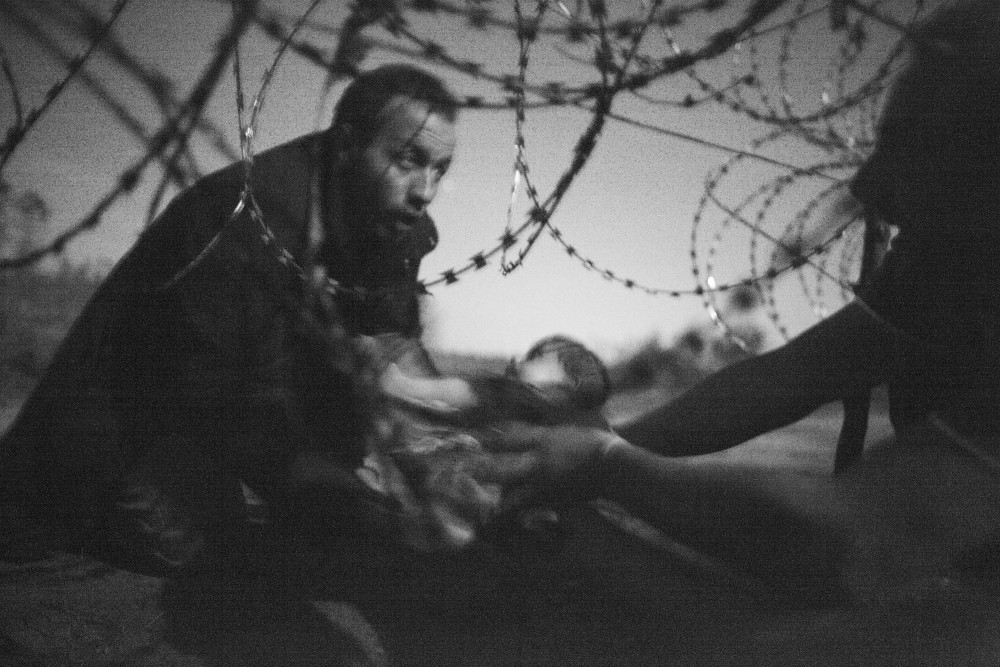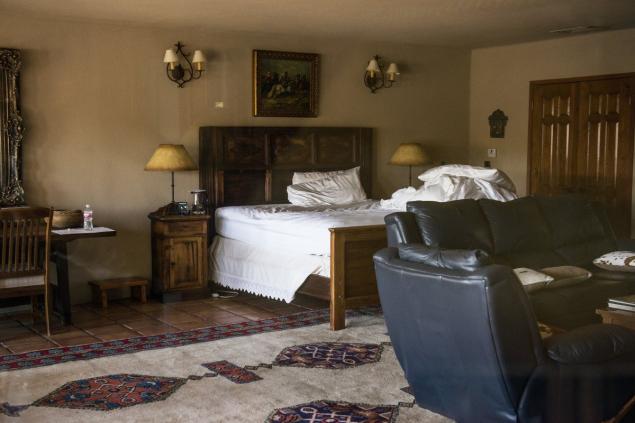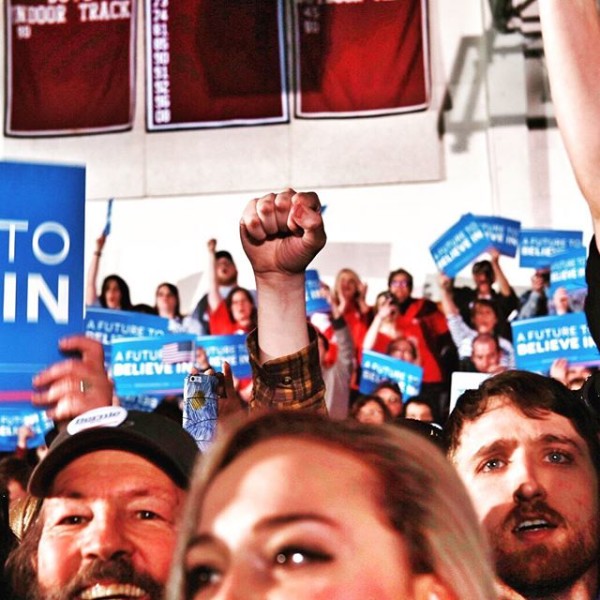Notes
On Warren Richardson’s 2016 World Press Photo of the Year
To be honest, I had my own criteria for this year’s World Press Photo contest winner. I was hoping for an image that put as much weight on story as did on artistry. Said another way, I was looking for the contest to embrace the “Press” in its name and select a more editorial photo — but one also representative of “the emergent news photograph.”
What do I mean by that?
What news and wire photographers seem to be mastering with greater consistency are artistic gestures that complement, rather than compete with or overshadow the storytelling. The tension I’ve typically seen between story/news/information and light/color/symbolism, mostly tipped toward the latter, is now becoming more integrated. (If you’re interested, you can see cases of what I’m talking about in these very different examples last year — in this departure from the familiar police ride-along story, the Pope’s visit to America, the U.S. airstrike on a hospital in Afghanistan, and certainly, the death of Alan Kurdi.)
What I most admire in Richardson’s photo (one that, also true to the “Press” in World Press Photo, suggests the migrant crisis as the “visual news event of the year”) is how much actual story it brings to the table. If you’re not familiar with this site, we changed our name last year to Reading the Pictures. If there were reasons for doing so that were particular to us, the choice was indicative, also, of the maturation and “larger capacity” of today’s editorial photograph. If this class of photography has become that much more confident and coherent as a container for artistry, I believe 2015 was also noteworthy for the ability of the press photograph to deliver information, embrace themes, frame questions, speak to cause and effect, engage future and past, and connect and weight issues with just as much elegance.
In that regard, Richardson’s image represents a higher caliber press photograph — one that does as much justice to the newsroom and the classroom as the gallery or museum. (You can see, in the way scholars and photographers broke down another photograph in this highlight clip from our migrant salon a few weeks ago, how much information content and story telling is now in play.)
As stimulus, Richardson’s photo addresses the migrant crisis on a striking array of levels, including the geographic, political, cultural and historical.
Who is this man with the baby in his arms? Is he a migrant or a refugee? Is his passing through the baby in advance of coming through the wire himself? Is he giving up the baby. Is the man the father? Where is the mother?
With such abject emphasis on passage and boundaries, where did the man come from specifically, and where is he going specifically? Given the wire (and the caption), what made the situation in between Serbia and Hungary so different from the stance of other Eastern and Western nations in the recent migrant wave?
And, who is the other man and what is his relation to the man with the baby? Given his presence and assistance, who (between long-term citizens, naturalized citizens and immigrant residents) in Europe and the different quarters of Europe are impacted in what way by the scene above, and how is each group responding?
Also, what does the photo say about family as a vital unit in the migrant crisis? Has the imperative of the journey split this family? According to what political and economic conditions and circumstances? Given the man and the baby “make it across,” what are the social and generational challenges and differences this photo portends?
Considering the aesthetics more specifically for a moment, another thing the photo does is demonstrate how eternal and durable the Pietà trope is. In this case though, it’s paternal — proposing two fathers, actually. In that way, this photo is an interesting offspring of last year’s winner, the jury – unconsciously, I’m sure — also weighing shifts in identity and gender norms.
Ultimately though, the aesthetic and symbolic elements skew more to the factual, especially the barbed wire as a reference to conflict and war. The graininess, the use of black-and-white and the wire borrows heavily from WWII and classic war photography to convey the circumstances of so many refugees — particularly from Syria, Iraq, Afghanistan and countries in Africa like Libya and Somalia that have been critically undermined by conflict. Rather than art for the sake of art or empathy, the photo’s visual alchemy demands us to consider the photo as much in literal terms. In the final analysis, what makes this artful photo such a significant and ultimately illustrative choice for photo of the year is how much there is to read.
Photo: Warren Richardson; caption: A man passes a baby through the fence at the Hungarian-Serbian border in Röszke, Hungary, 28 August 2015.



Reactions
Comments Powered by Disqus